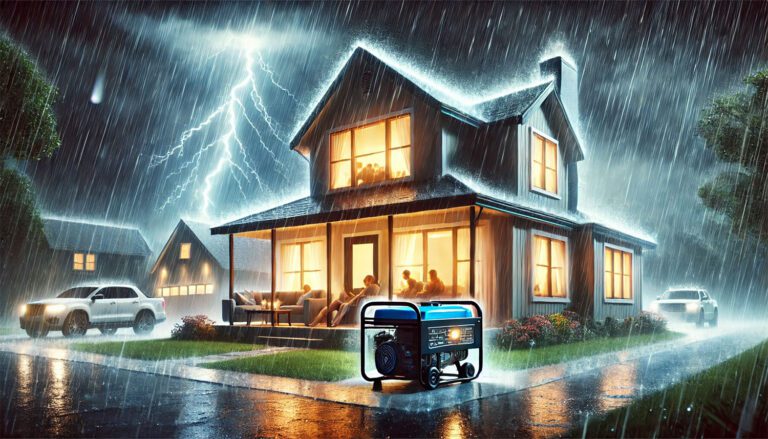Be Ready for the Storm: Essential Hurricane Preparedness Guide
Prepare for a Hurricane with confidence. Discover the steps to safeguard your home and loved ones, and ensure you have all the necessary supplies from The Essential Stock.
Stay Safe and Secure:
Equip yourself with the knowledge and tools needed to weather the storm and protect what matters most.
Creating a comprehensive hurricane checklist is essential to ensure you have everything you need to stay safe and prepared before, during, and after a hurricane. Here’s a detailed checklist to help you organize your preparations:
Hurricane Preparedness Checklist
Before the Hurricane
Emergency Supplies:
– [ ] Water: At least one gallon per person per day for three days.
– [ ] Non-perishable Food: Canned goods, dry foods, and snacks for at least three days.
– [ ] Manual Can Opener
– [ ] Battery-powered or Hand-crank Radio
– [ ] Flashlights and Extra Batteries
– [ ] First Aid Kit
– [ ] Medications: At least a week’s supply of prescription and over-the-counter medications.
– [ ] Multi-tool or Utility Knife
– [ ] Whistle: To signal for help.
– [ ] Dust Masks: To help filter contaminated air.
– [ ] Plastic Sheeting and Duct Tape: To create a shelter if needed.
– [ ] Sanitation Supplies: Moist towelettes, garbage bags, and plastic ties.
– [ ] Local Maps
Personal Items:
– [ ] Important Documents: Copies of insurance policies, identification, and bank records stored in a waterproof container.
– [ ] Cash: Small bills for emergency purchases.
– [ ] Clothing: Comfortable, weather-appropriate clothing and sturdy shoes.
– [ ] Blankets or Sleeping Bags
Home Preparation:
– [ ] Secure Windows: Install storm shutters or board up windows with plywood.
– [ ] Clear Yard: Remove or secure outdoor items such as lawn furniture, grills, and potted plants.
– [ ] Check Roof and Gutters: Ensure they are in good condition and free of debris.
– [ ] Trim Trees and Shrubs: Cut back any branches that could damage your home.
– [ ] Fill Vehicles with Gas: Keep your vehicle’s tank full in case of evacuation.
Communication Plan:
– [ ] Family Emergency Plan: Discuss where to meet and how to communicate if separated.
– [ ] Emergency Contacts: List of family members, friends, and local emergency numbers.
During the Hurricane
Stay Informed:
– [ ] Monitor Weather Updates: Listen to local radio, television, or NOAA Weather Radio for updates.
Stay Indoors:
– [ ] Safe Room: Stay in a windowless, interior room on the lowest level.
– [ ] Avoid Floodwaters: Do not walk, swim, or drive through floodwaters.
Power and Appliances:
– [ ] Unplug Electronics: Protect devices from power surges.
– [ ] Conserve Battery Power: Use flashlights instead of candles to reduce the risk of fire.
After the Hurricane
Assess Safety:
– [ ] Listen for Official Information: Wait for authorities to announce that it is safe to return.
– [ ] Avoid Downed Power Lines: Stay clear and report them to the utility company.
– [ ] Check for Gas Leaks: If you smell gas, leave the area immediately and call the gas company.
Inspect Home:
– [ ] Check for Structural Damage: Inspect your home for damage before entering.
– [ ] Document Damage: Take photos for insurance claims.
– [ ] Make Temporary Repairs: Prevent further damage by covering broken windows and holes in the roof.
Clean-Up:
– [ ] Wear Protective Gear: Use gloves, masks, and sturdy shoes when cleaning debris.
– [ ] Discard Contaminated Food: Dispose of any food that may have come into contact with floodwaters or that was left unrefrigerated.
Reconnect:
– [ ] Contact Family and Friends: Let them know you are safe.
– [ ] Check-in with Neighbors: Offer and seek assistance if needed.


